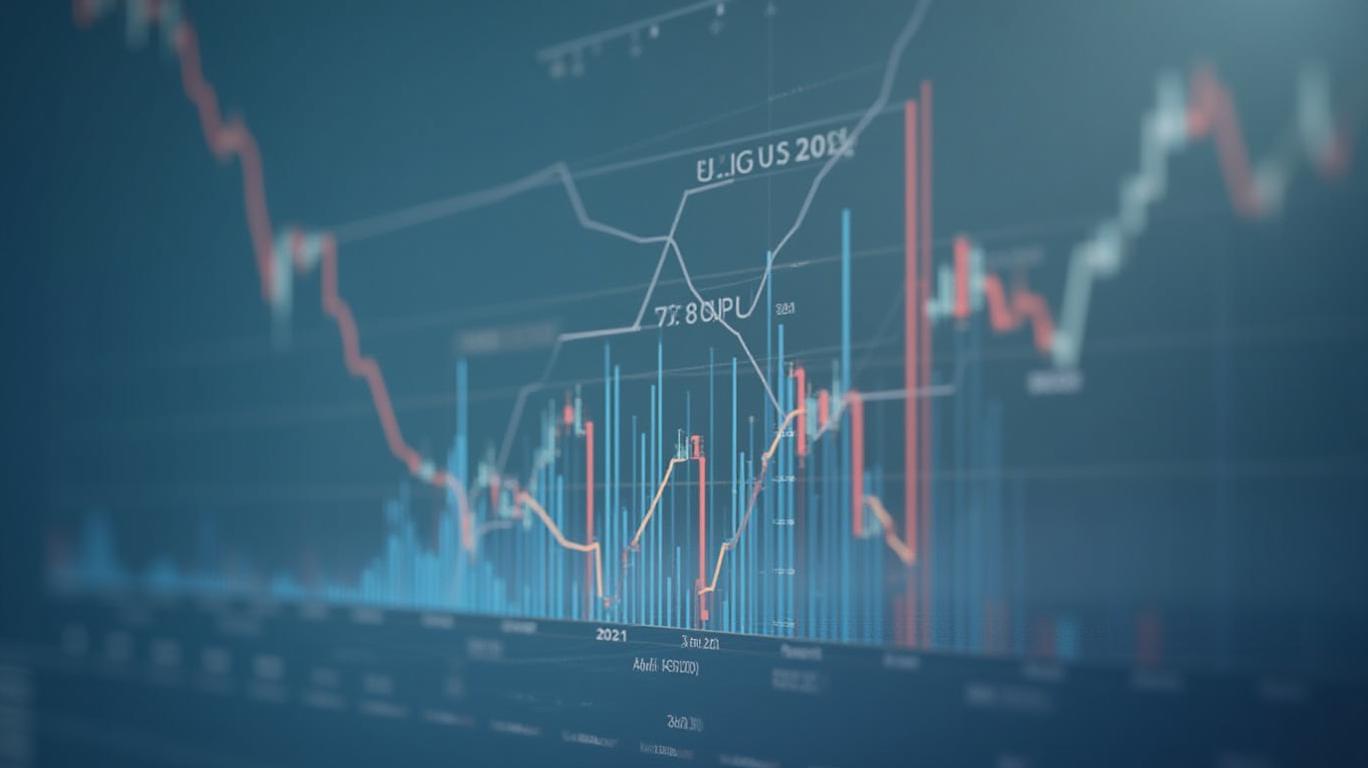Soft Inflation Opens the Floodgates for Rate-Sensitive Assets: Time to Rebalance
The U.S. inflation slowdown has arrived, and it’s a game-changer for investors. The April 2025 CPI reading of 2.3% annual inflation—its lowest since February ._2021—_confirms the “soft landing” narrative, with core inflation dipping to 2.8% year-over-year. This sub-forecast outcome removes the immediate threat of Federal Reserve rate hikes, unlocking a golden opportunity to pivot portfolios toward long-duration assets and cyclical equities.

The Fed’s Hands Are Tied—Rates Will Stay Low
With inflation cooling faster than anticipated, the Fed’s policy path is now clear: no hikes, no urgency. The 2.8% core inflation rate remains above the 2% target but is trending downward, giving policymakers room to focus on economic stability over tightening. This “lower-for-longer” rate environment is a tailwind for long-duration assets, which benefit from discounted cash flows stretching decades into the future.
Equity Winners: Tech, Real Estate, and Consumer Discretionary
1. Technology: The Long-Duration Darling
Tech stocks thrive in low-rate environments because their future cash flows are discounted at lower rates. The sector’s valuation multiples expand when discount rates compress, making NASDAQ 100 stocks (e.g.,
, MSFT) prime candidates.2. Real Estate: Mortgage Rates and Rent Dynamics
Lower inflation reduces mortgage rate pressure, boosting housing affordability. While shelter costs remain elevated at 4% annually, the moderation in rent growth is a positive signal. Real estate investment trusts (REITs) and homebuilder stocks (e.g., AMOV, DHI) stand to benefit from this confluence.
3. Consumer Discretionary: Spendthrifts Rejoice
With energy prices down 12% annually and food costs stabilizing, households have more disposable income. This fuels demand for discretionary goods (e.g., Amazon AMZN) and services (e.g., cruise lines, restaurants).
Bond Market: Long-Duration Treasuries and Investment-Grade Debt
The bond market isn’t just safe—it’s strategic.
- U.S. Treasuries: The 10-year Treasury yield has dropped to 3.2%, offering a haven against global volatility.
- Investment-Grade Corporates: Companies with stable cash flows (e.g., utilities, tech) are issuing bonds at historically low spreads.
Avoid high-yield bonds, which remain vulnerable to credit risks if the economy slows.
Dump Inflation Hedges—Commodities Are Over
The era of gold (GLD) and energy ETFs (USO) as inflation hedges is over. With energy prices falling and food inflation peaking, the need for physical commodities as a hedge diminishes. Redirect capital from these to the sectors above.
Global Policy Divergence: U.S. Outperformance Ahead
While the U.S. enjoys a dovish Fed, other major economies—like the EU and Japan—are grappling with higher inflation or stagnant growth. This divergence creates a sweet spot for U.S. equities, which offer better growth prospects and lower rate risk.
Action Plan: Rebalance Now—Before Tariffs Reignite Inflation
- Add Duration: Increase allocations to long-term Treasuries (TLT) and tech stocks.
- Rotate into Cyclical: Shift funds from staples to consumer discretionary and industrials.
- Avoid Inflation Plays: Sell commodities and gold, reallocating to real estate and REITs.
- Go Global with U.S. Focus: Overweight U.S. equities in a world of policy divergence.
Final Note: The Clock Is Ticking
While the current inflation slowdown is a gift, risks loom. Tariffs could add 1% to the CPI within months, per Yale Budget Lab. Investors who act now—before these pressures resurface—will secure the best positions.
The writing is on the wall: long duration, cyclical equities, and U.S. dominance define the next phase. The Fed’s hands are tied, and the data is clear—act decisively.
Investors, this is your moment. Rebalance aggressively—or risk missing the rally.

Comments
No comments yet